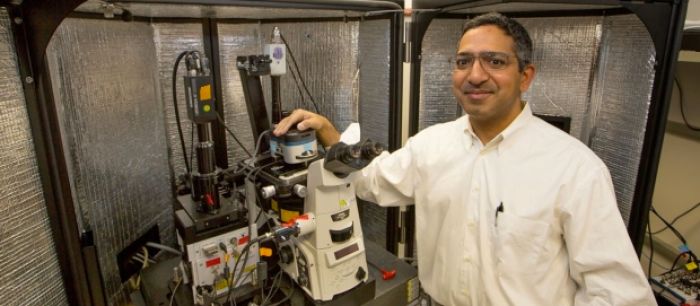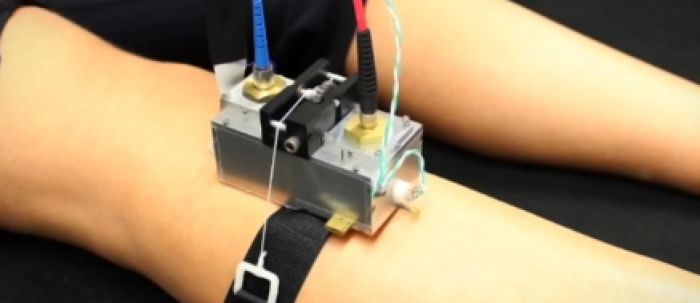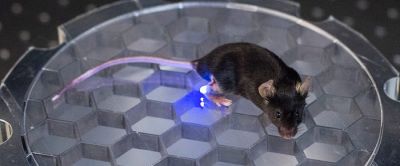 Manish Butte and colleagues in engineering have developd a way to rapidly map cells by making a major advancement in atomic force microscopy, a technology invented at Stanford. (Photo: Norbert von der Groeben)
Manish Butte and colleagues in engineering have developd a way to rapidly map cells by making a major advancement in atomic force microscopy, a technology invented at Stanford. (Photo: Norbert von der Groeben)
- Written by Stanford News
New microscopy technique maps mechanical properties of living cells
Featured A new microscope could provide unique insights into treating immune disorders and cancer. Stanford News reports on a collaboration of pediatric immunology and electrical engineering researchers which has developed a microscope that can rapidly measure the mechanical properties of cells at the nanometer scale.
Read more...




